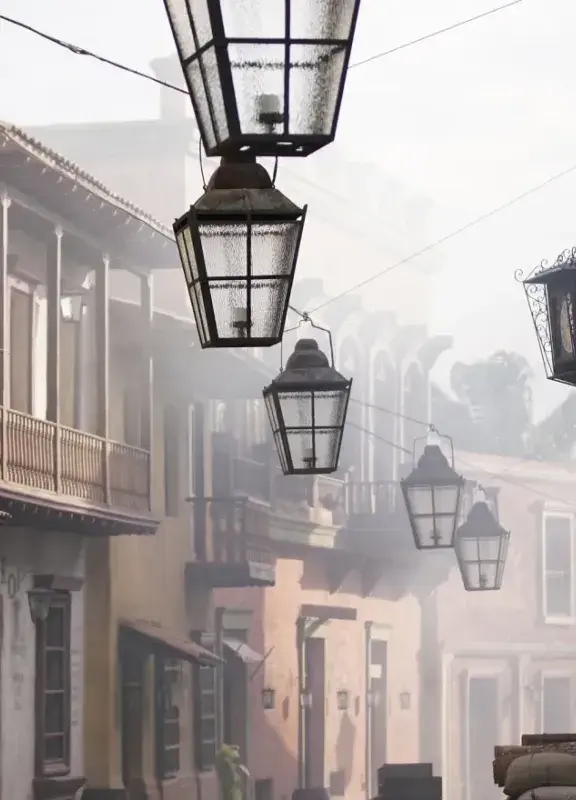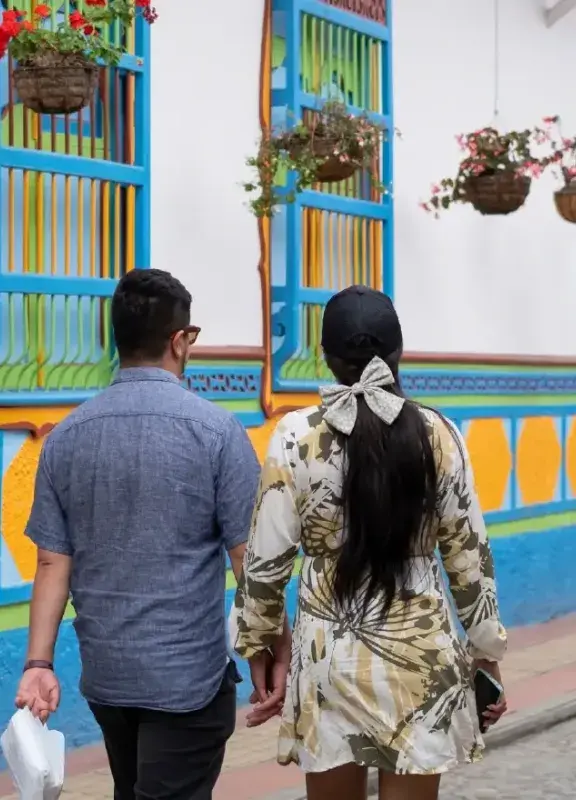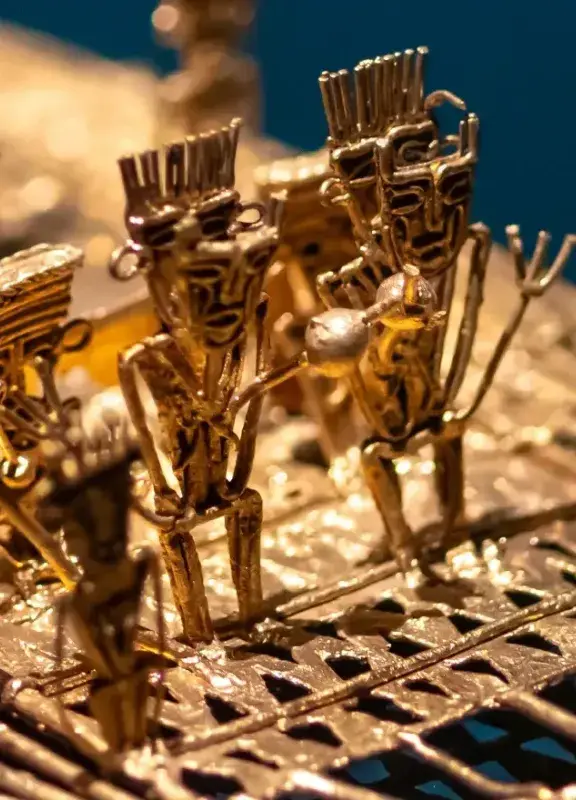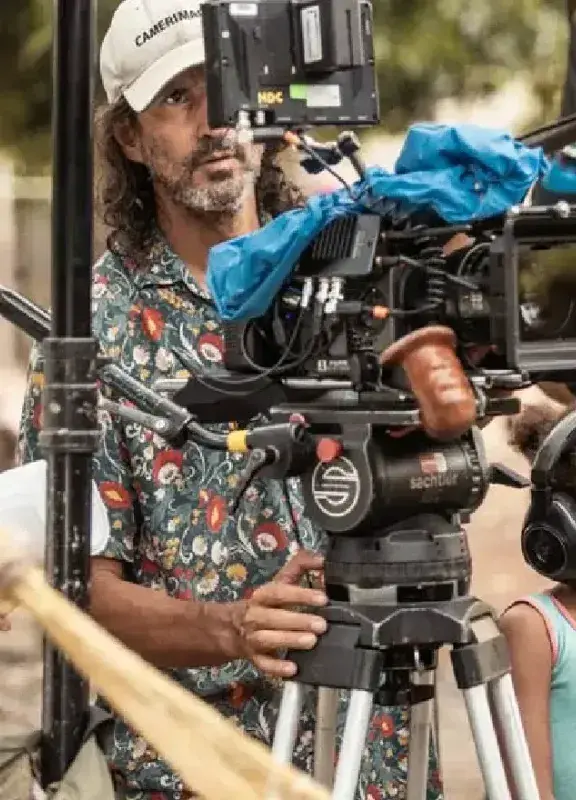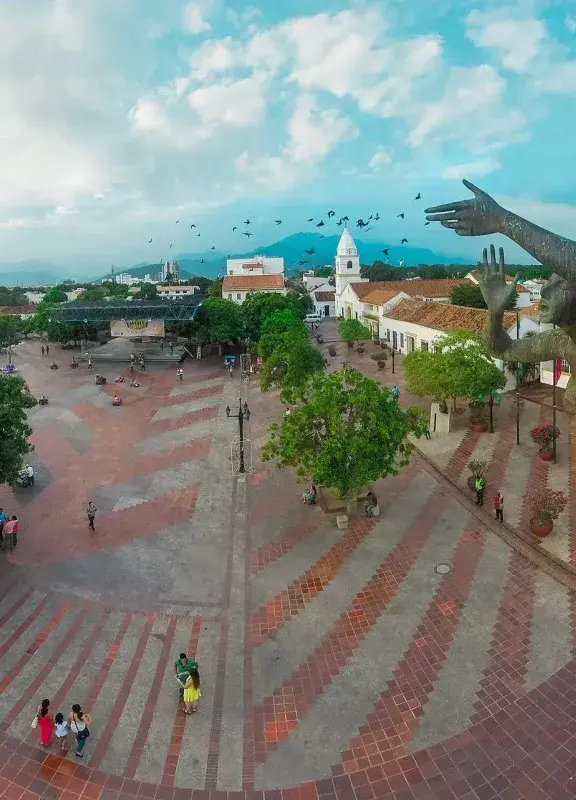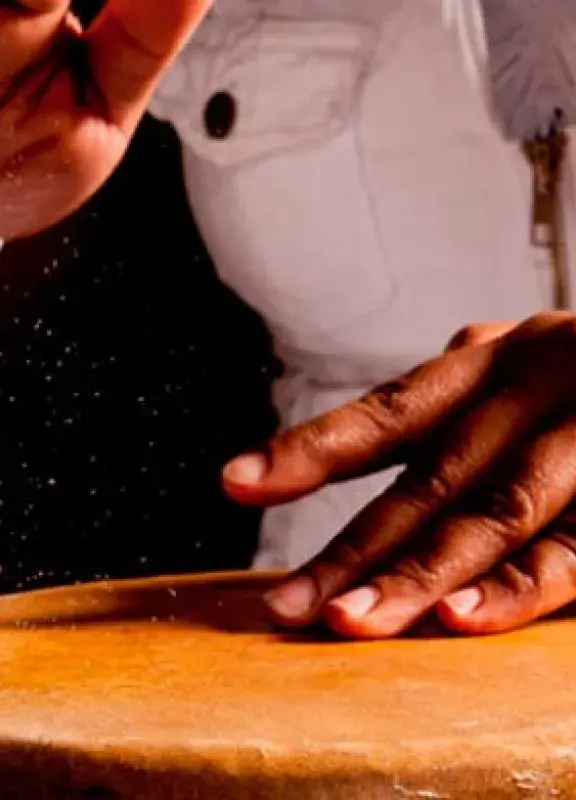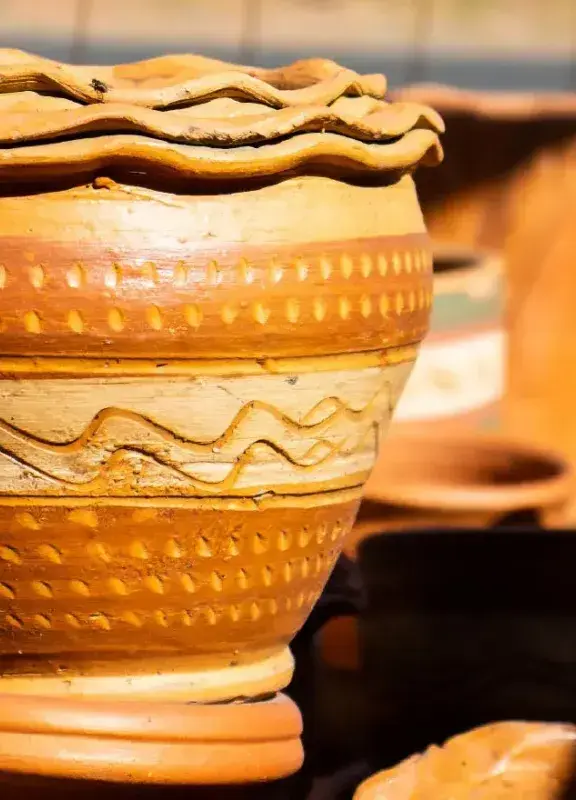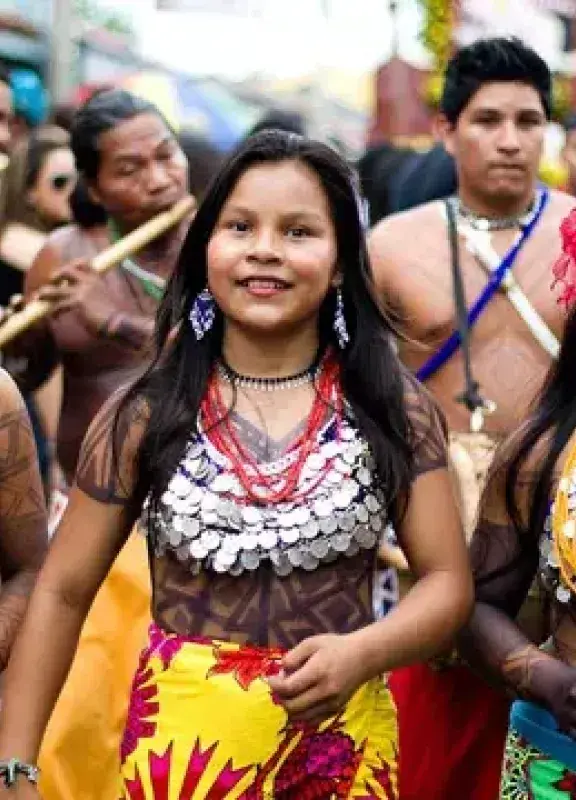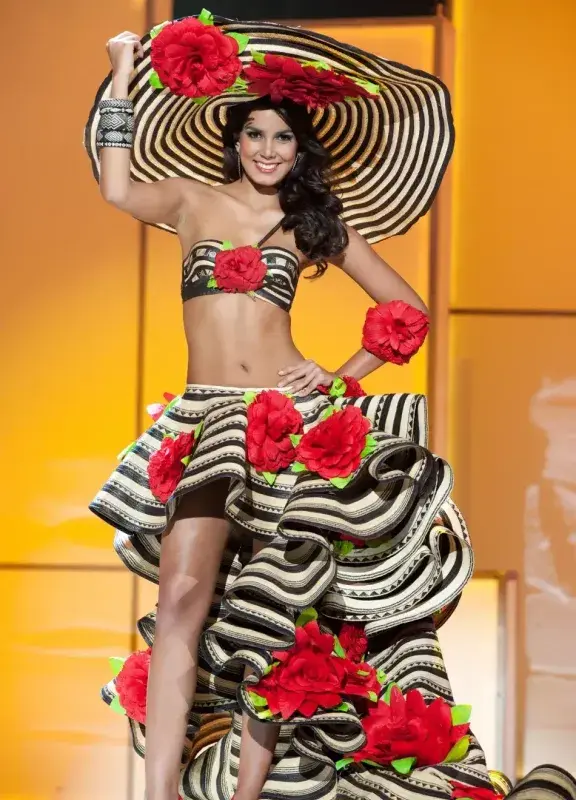Wayúu backpacks: Colombia’s cultural heritage
Wayúu backpacks are a vibrant expression of the Wayúu community's identity and tradition. Their weaving and meaning reflect the ancestral and cultural richness of Colombia. Learn more in this article.
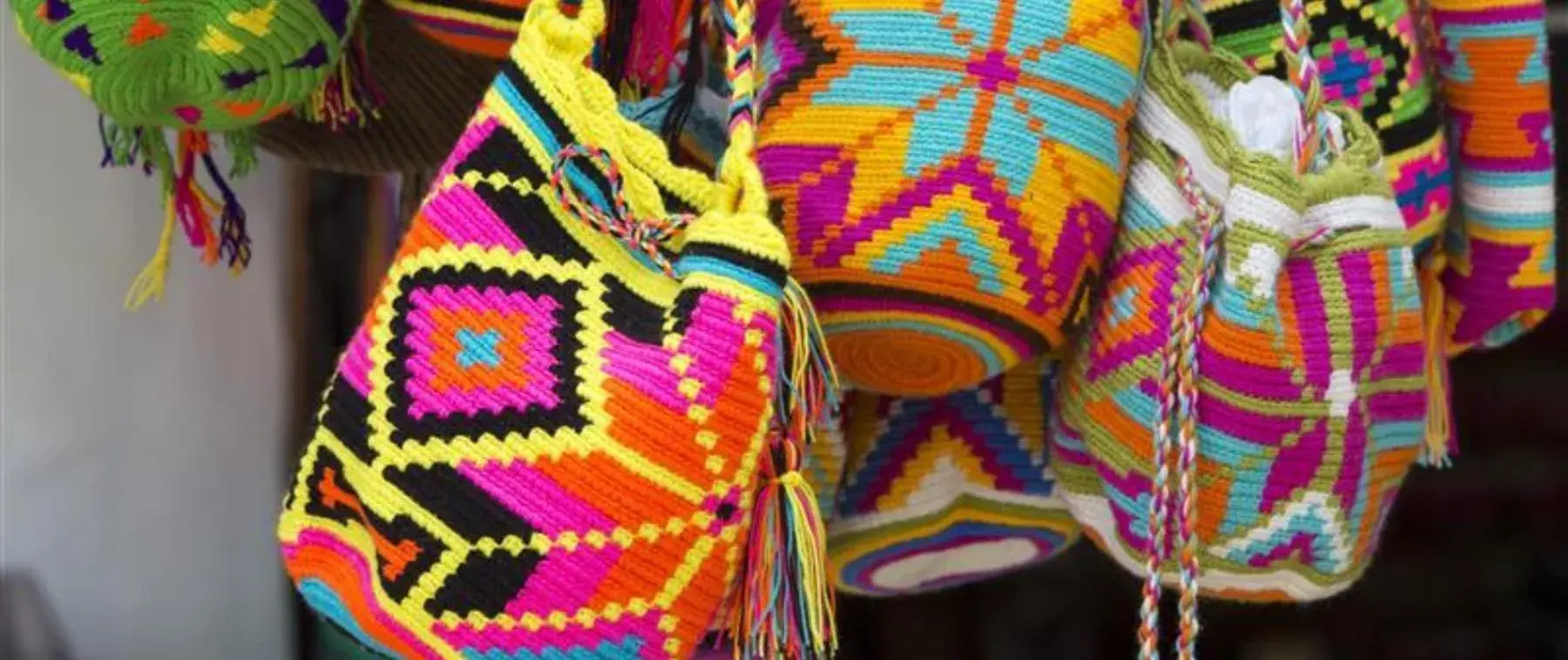
The Wayúu bags are a testament to resilience and creativity that reflect Colombia's cultural richness. Woven by the hands of the Wayúu communities in the Guajira region, each piece reflects ancestral tradition passed down from generation to generation. The detailed crafting process results in a unique product, full of color, meaning, and symbolism.
Each bag carries centuries of tradition, reflecting the stories and identity of the people through fascinating designs. Woven with diverse techniques, these bags vary in shapes, sizes, and colors, making them unique pieces. Learn about the different types of handmade Wayúu bags, how they are made, and the profound meaning this practice holds within the Wayúu community.
What does weaving mean for the Wayúu people?
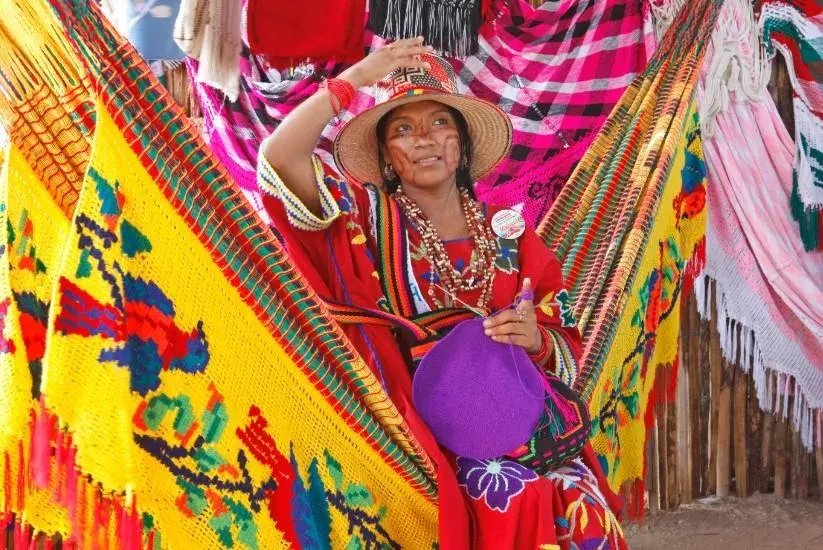
Courtesy: Bycousinas
Although the Wayúu people dedicate themselves to herding, hunting, and fishing, the tradition of textile design is highly important and meaningful for this community. The art of weaving is passed down from generation to generation, from mothers to daughters at an early age. Their weavings are present in utilitarian pieces of their daily lives: fishing nets, blankets, bags, and hammocks.
Weaving is linked to family lineage. The technique is little known beyond family members, as they guard their knowledge as a treasure for future generations. Women weave in their free time, and without a doubt, weaving is not just a hobby but a fundamental part of their ancestral culture.
Types of Wayúu bags
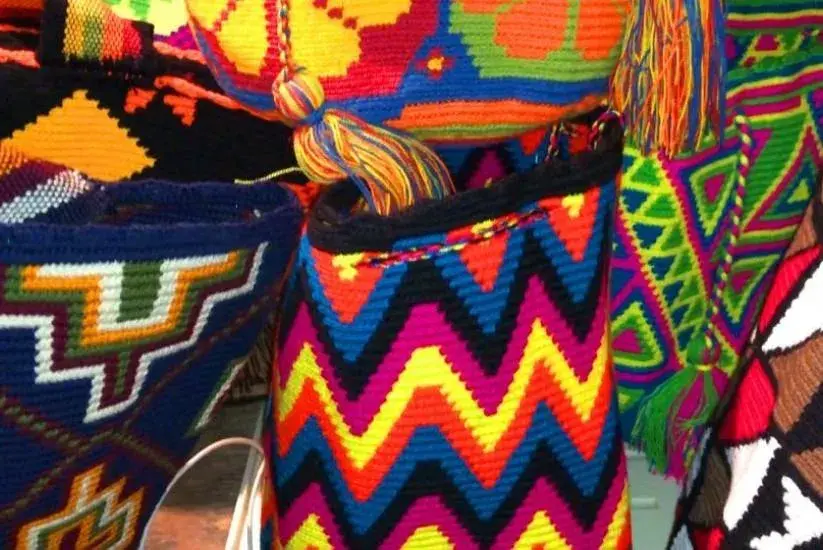
Courtesy: Nativos Word
The “daily” Susu: A medium-sized bag carried by the Wayúu people wherever they go. In it, they keep personal belongings and work items. This bag measures between 20 and 30 cm wide and 35 cm long. It is made of wool, fine cotton, and colorful threads, with all kinds of geometric designs.
The Susuainiakajatu: This is a very large handmade bag used by Wayúu women to carry hammocks, clothes, and other large personal items. Due to its size and weight, they tie it on their heads or place it on their donkeys. It measures between 40 and 70 cm wide and 50 to 70 cm high. It is woven in cotton and thread and features multicolored designs.
The crochet Susu: The crochet Susu, square or rectangular in shape, is a daily-use bag carried by women of the Colombian Wayúu culture. It is woven in fine cotton with all kinds of patterns and has a braided strap.
The Kapatera: This bag is used by men to carry clothes and hammocks when traveling. It has a different shape than other crochet bags. It is a kind of tube or cylinder with two openings and two long closing cords that also serve as a strap.
Piula or Kattowi bags: These are used to carry water jars, gourds, or to store food and utensils. They are made of goatskin, fique, fishing line, and thread. Some have very large meshes woven by hand, while the smaller ones are made with a straight needle using the "twisted filet" technique.
Weaving techniques
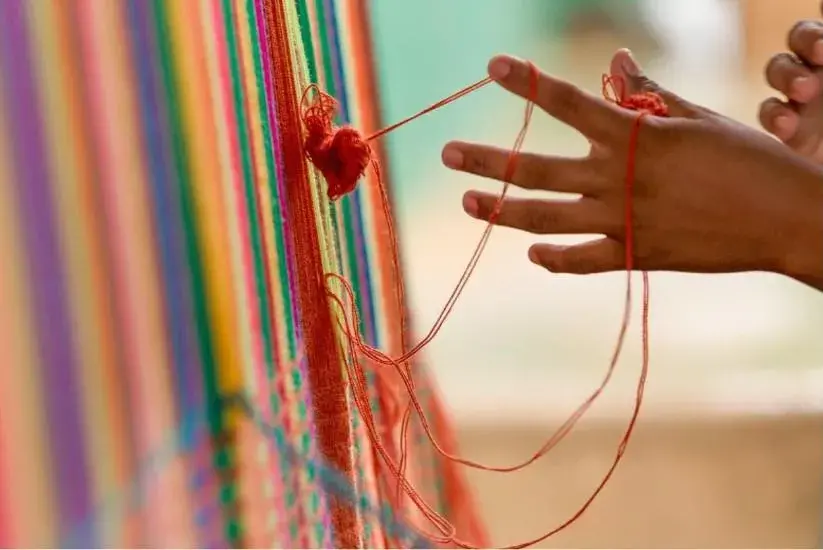
Courtesy: Artesanías de Colombia
There are two basic techniques: crochet and looms. The crochet technique is used to make smaller pieces with a single strand, while looms are used for larger and more complex works such as bags or hammocks. In this technique, multiple threads are precisely interlaced, allowing for more elaborate patterns.
The Wayúu community spins cotton and apis, as well as other natural fibers from the region. They twist goat or cow leather strips to form yarns, ropes, or cords. They also retwist cotton and industrial wool for fine weaving, creating different techniques that result in their beautiful Wayúu crafts.
A legacy that remains intact over time
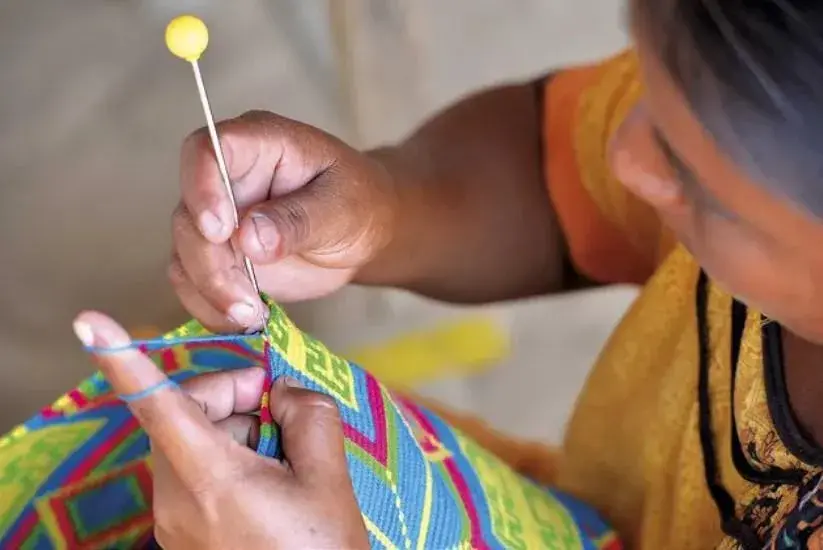
Courtesy: Bycousinas
Undoubtedly, these bags carry ancestral wisdom that conveys the essence of Wayúu culture. Woven with dedication, each piece reflects a deep connection with their territory and history. This tradition has transcended borders, and today the bags are recognized not only nationally but internationally as a symbol of richness. In each type and design, the bags tell the stories of a community that, beyond its artisanal legacy, preserves a true cultural treasure that remains alive and relevant today.
 Welcome, you are in
Welcome, you are in 



